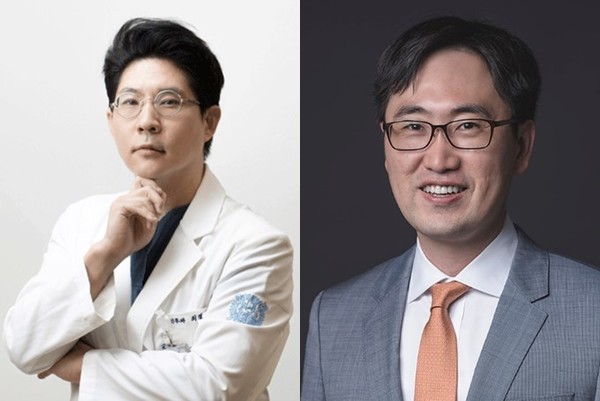A research team at Seoul National University Bundang Hospital (SNUBH) has announced the world's first successful long-term results of cochlear implantation in patients born with no cochlear for whom surgical implantation was previously unavailable.

Cochlear ducts are formed during the prenatal period, and deformities can occur in the cochlear due to heredity, drugs, or other mechanisms. If the deformity is not severe, a hearing aid can be inserted. Otherwise, a cochlear implant can directly stimulate the auditory nerve to change the speech sound into an electrical signal for hearing.
However, cochlear implantation was impossible for cochlear aplasia patients because the cochlear duct does not exist for implantation, resulting in hearing and speech development disorders.
The research team led by Professor Choi Byung-yoon of the ENT Department used the latest genetic diagnostic techniques and discovered that the GREB1L (Growth Regulation by Estrogen in Breast Cancer 1-Like) gene causes cochlear aplasia.
The team has researched cochlear implantation for cochlear aplasia patients since 2012. First, the researchers attempted surgery to insert a cochlear implant into the vestibulocochlear nerve. The surgical outcome was equivalent to a typical cochlear implant in the cochlear duct.
They selected six patients, and their hearing was examined for six years via CAP (Categories of Auditory Performance) scores, including vocabulary/sentence recognition and pronunciation. Four years after surgery, all six patients achieved CAP5, an auditory level of understanding without looking at the mouth shape for short sentences. Three also received CAP7, the highest level of listening ability, and could even make phone calls. After seven years, they improved to the same level as the deformity-free patients who underwent cochlear implants.
“If the GREB1L gene mutation is confirmed and the vestibulocochlear nerve condition is not very damaged, the patient can receive cochlear electrode implants in the vestibular organ and grow up without hearing or language disabilities.” Professor Choi said.
Professor Kim Bong-jik of Sejong Chungnam University Hospital, who jointly conducted the study, said, "Mutations in the GREB1L gene are the main cause of cochlear aplasia. Therefore, we will continue to identify genes that cause hearing loss, including cochlear aplasia."
The results were published in two SCI-grade journals -- Clinical Otorhinolaryngology and Clinical and Experimental Otorhinolaryngology.

